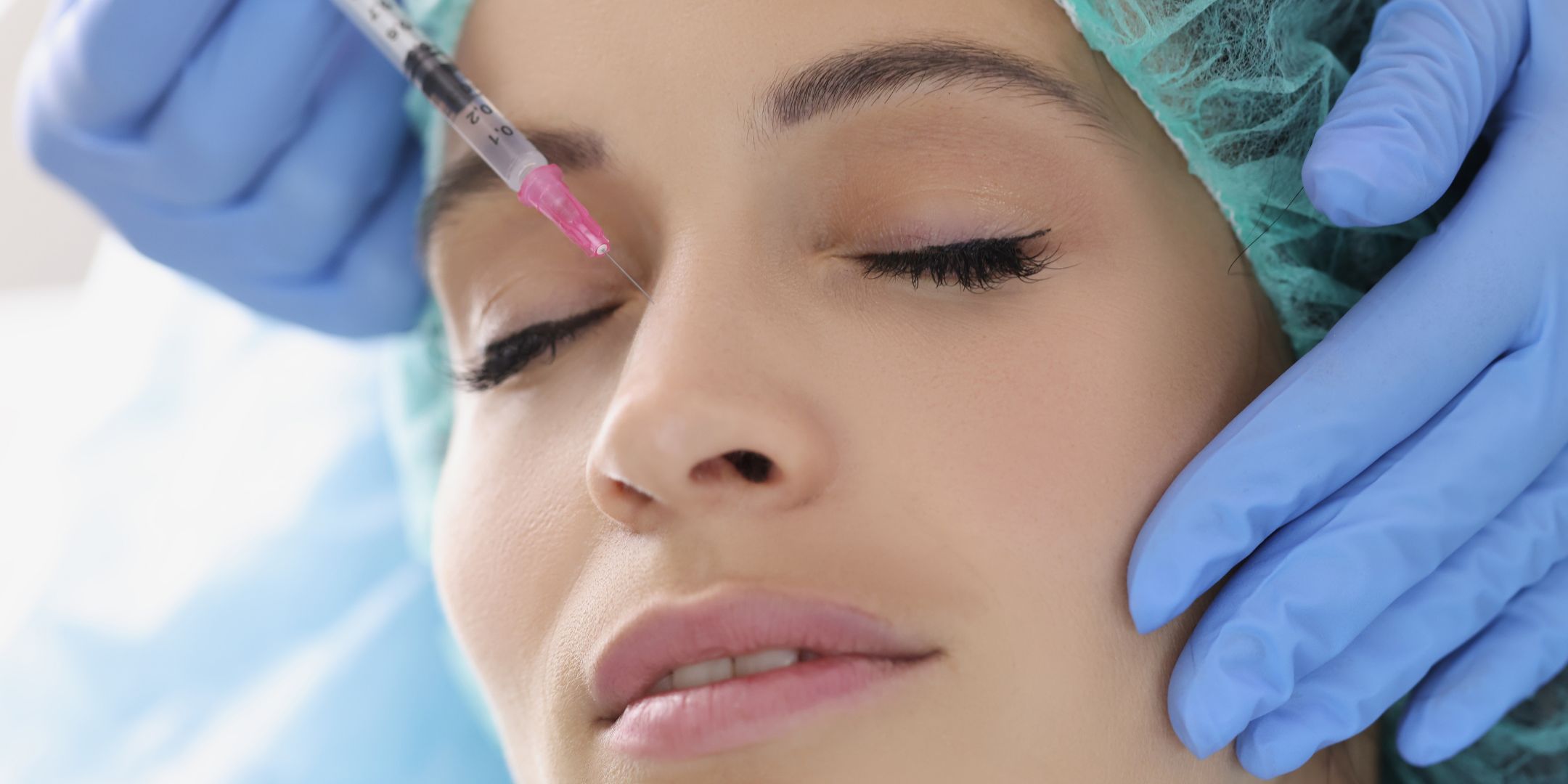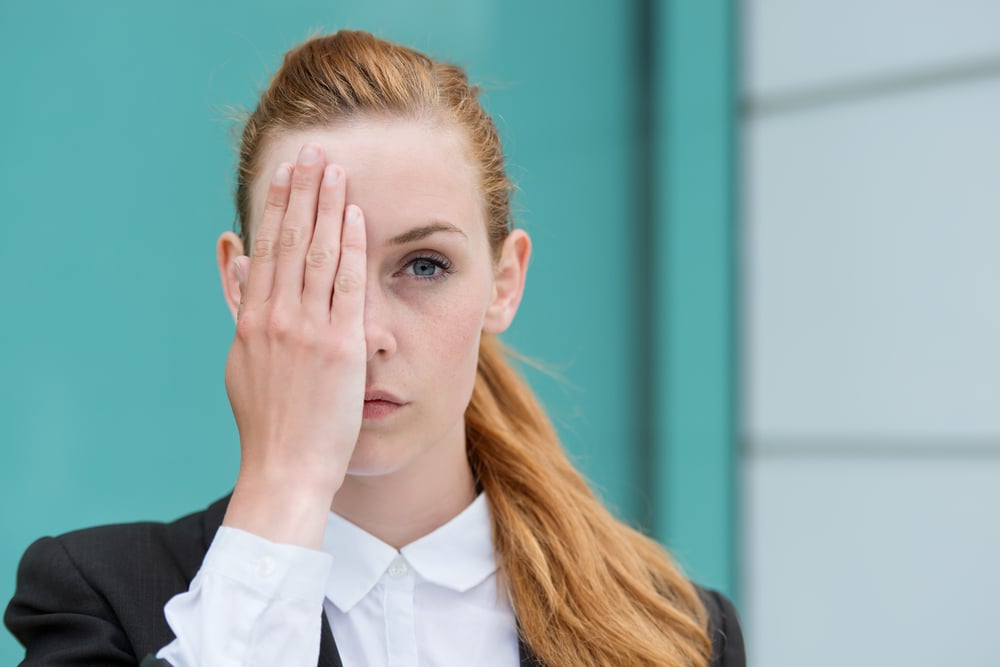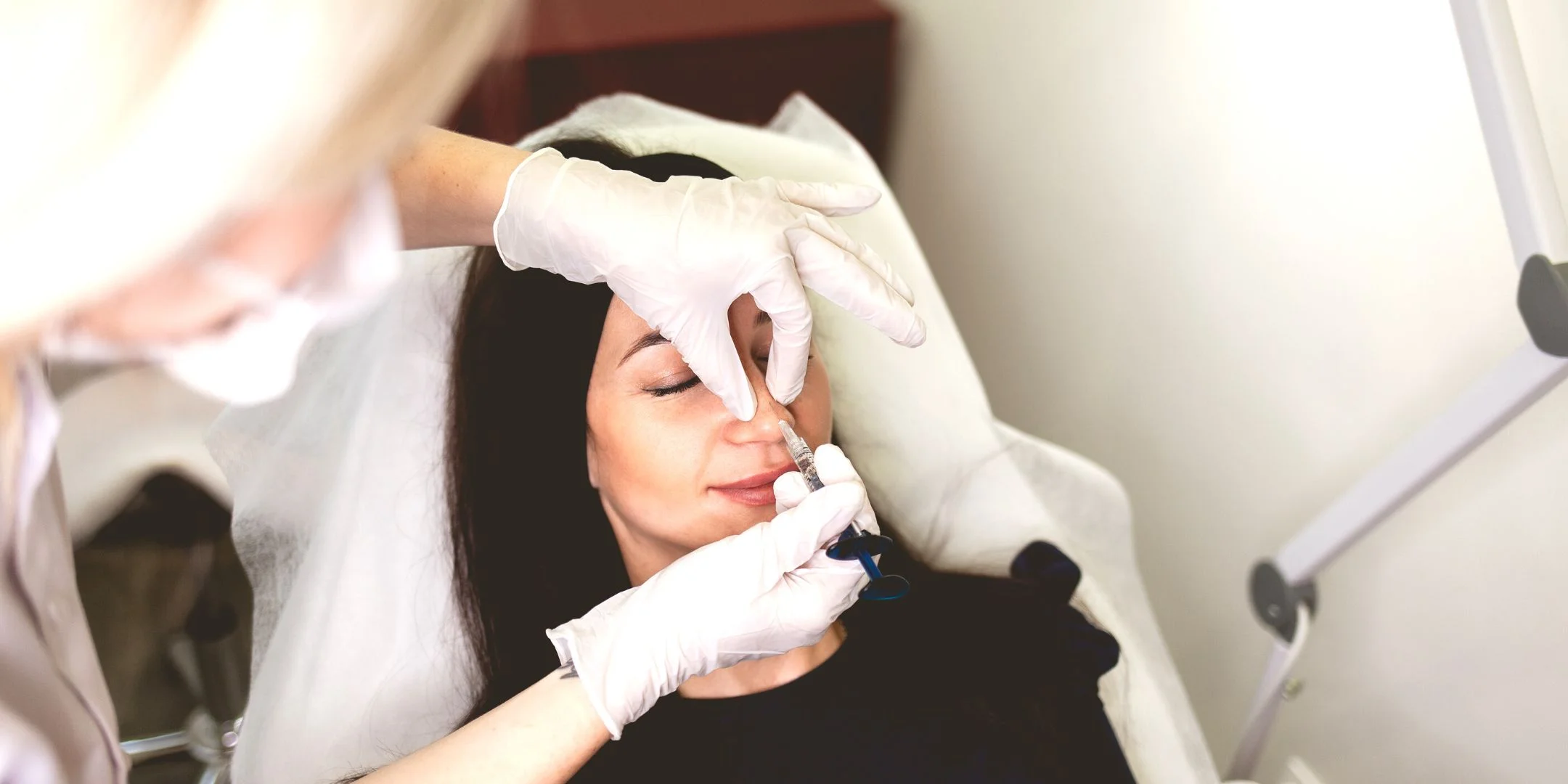Nose Botox side effects may be uncommon, minor, and transient, but, if left untreated, might lead to severe consequences. Some of the common side effects of nose Botox are
1. Bruising
2. Redness
3. Swelling
4. Discomfort
Nose Botox side effects occur frequently in people with neuromuscular diseases such as myasthenia gravis or amyotrophic lateral sclerosis.
Toxin diffusion to nearby muscles is the primary cause of the majority of side effects. You can avoid this by using proper dosage and recommended botulinum toxin injection. Learn more about side effects of Nose Botox and how to manage them to have a perfect nose shape.
Botox For Nose – Why Is It Done?
There are three main reasons why people do nose Botox.
1. Droopy Nose
When I say “droopy nose,” it’s not for people who need a non-surgical rhinoplasty. Instead, this is for people who notice that the depressor muscle, i.e., the muscle right underneath our nose, is very strong and needs to be loosened for the tip to raise a little bit.
When they’re talking, their nasal tip moves with their mouth. In that case, injecting Botox right beneath the muscle, anywhere from four to six units, helps to smooth it out.
So, once the doctor injects the Botox, the depressor muscle is no longer active, which will naturally help lift the tip of your nose.
2. Nostril Flaring
So, as you’re smiling, laughing, or talking, if you notice that it’s flaring a little more than you like, Botox on the side of the nose may help decrease the flaring.
3. Bunny Lines
The bunny lines are the ones that you see below your eyelids. This is because if you freeze that muscle, you will notice a lot of your skin moving and wrinkles forming underneath your eyes. You can reduce the appearance of bunny lines with the help of Nose Botox.
What You Should Expect After Your Treatment?
The nose Botox treatment is a non-surgical procedure which involves injecting Botox anywhere from four to six units. Based on the type of nose Botox, the surgeon may inject a little bit more.
You will need a certain amount of time to metabolize Botox. Mostly, it would take around three to six months. If the doctor is treating more of your bunny lines, it will last you anywhere from four, five, or possibly six months, depending on how quickly you metabolize Botox. You get a nice lift after the Botox kicks in, which can take anywhere from seven to ten days.
Drugs And Supplements That Interact With Botox
Botulinum toxin is used to make nose Botox injections. This botulinum toxin is created by a microorganism, and this toxin is a highly diluted and purified protein.
When nose Botox injections are applied, the muscles get relaxed, which creates a situation where the injected muscles cannot contract. This Botox treatment helps reduce wrinkles. Dermatologists also use botulinum toxin therapy to decrease the signs of aging.
Types Of Nose Botox
The septum side of the nose, the tip of the nose, the nasal flutter, and the nose areas are all treated with nose Botox. By using Botox to relax your muscles in the ala (nasal area), you can slightly lessen the size of your nose’s sides.
Bunny-like wrinkles that may develop on the bridge of the nose, right below where glasses may sit when you smile, can be treated using a separate technique called bunny line Botox.
Possible Botox Side Effects
Regardless of the illness being treated, mild side effects at the injection site are very typical after Botox treatments. The following are typical side effects of nose Botox injections:
- Pain
- Swelling
- Bruising
- Headaches
- Flu-like symptoms.
- Eyelid droopiness
- Vision issues
- Excessive tearing
- Excessive drooling
- Crooked smile
- Muscle weakness
- Difficulty speaking
- Difficulty swallowing
- Difficulty breathing
- Loss of bladder control
After the injection, symptoms may appear a few hours or days later and usually go away within a week.
Nose Botox has the potential to cause an allergic reaction in some people, just like many other medications do.
Following Nose Botox treatment, allergic reaction symptoms can range from mild to severe and can include:
- Itching
- Rashes
- Swelling of the hands, feet, lips, eyelids, or neck, hives
- Flushing (warmth, redness, swelling, or coloring of the skin)
- Swelling of the mouth, tongue, or throat is an example of possible skin reactions.
If you have any of the aforementioned symptoms, be sure to call your doctor right away because an allergic reaction could be severe.
Long-term negative effects of nose Botox: Botox injections may have long-term negative effects, albeit this is uncommon. The following could result from nose Botox over time:
- Muscle wasting after repeated use.
- Skin that is thinning.
- Skin color changes.
- A discernible waviness in the skin over the muscles that have been treated.
- Dysphagia (difficulty swallowing)
- Respiratory distress
- Kyphosis in the neck (exaggerated curvature of the neck)
- Granuloma sarcoidosis (the growth of tiny collections of inflammatory cells, known as granulomas)
- Significant bilateral ptosis (drooping eyelid)
- Fasciitis necrosis (an infection that results in the death of areas of soft tissue within the body)
Additional long-term nose Botox side effects may include:
- Urinary retention (difficulty emptying the bladder)
- Corneal ulceration (an open sore on the cornea)
- The deterioration of any previous neurological conditions
Botox can permanently paralyze a muscle if it is injected into the same spot on the body repeatedly over time.
How To Manage If Your Nose Botox Hurts?
Doctors want your treatment to be as convenient as possible. The intended nose Botox treatment will be explained, and if you prefer, we can apply topical anesthesia to the treatment area if necessary. Most patients are completely comfortable without it; however, it is always available if it is necessary.
The treatment zone is delineated so that specific injection points are highlighted. We take care to avoid major blood vessels, and we take additional precautions to demarcate areas where there are veins.
Doctors love to use 0.3-ml syringes with a 30-gauge needle (Ultrafine II, Becton Dickinson, BD) for one specific application. These syringes have no deadlock, so no solution is lost, which allows a better dosage—a fundamental aspect in the nasal area.
Botulinum toxin can be injected intramuscularly, subcutaneously, or intravenously. An anesthetic cream may be applied locally if the patient is overly sensitive. An alternative way to reduce pain is to use cold compresses.
Conclusion
Nasal botox is highly regarded since it is occasionally used as a substitute for plastic surgery. However, it can also be used to repair wrinkles on the surface of the nose. Botox for the nose can be used to treat wrinkles on the nasal surface.
FAQs
A: Botulinum toxin is used in nose botox treatment.
A: If you take nose botox injections regularly, the effect will last for a long time, for example, 8 to 10 weeks.
A: The most common side effects caused by Botox treatment include swelling during injection, pain, bruising, fever, headache, etc.









